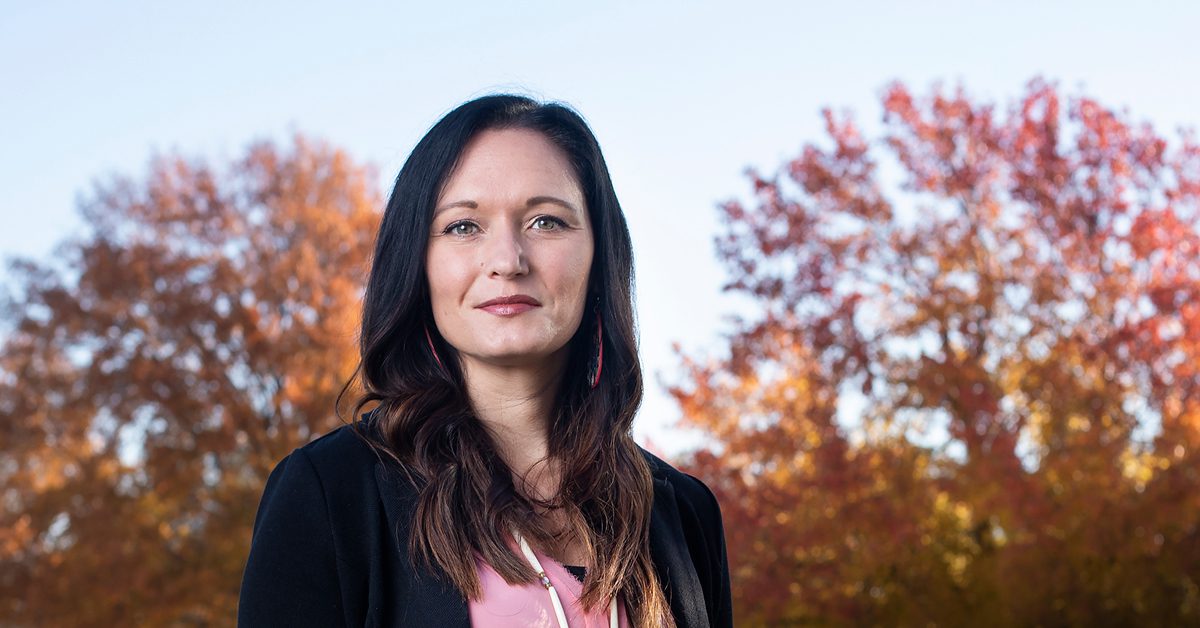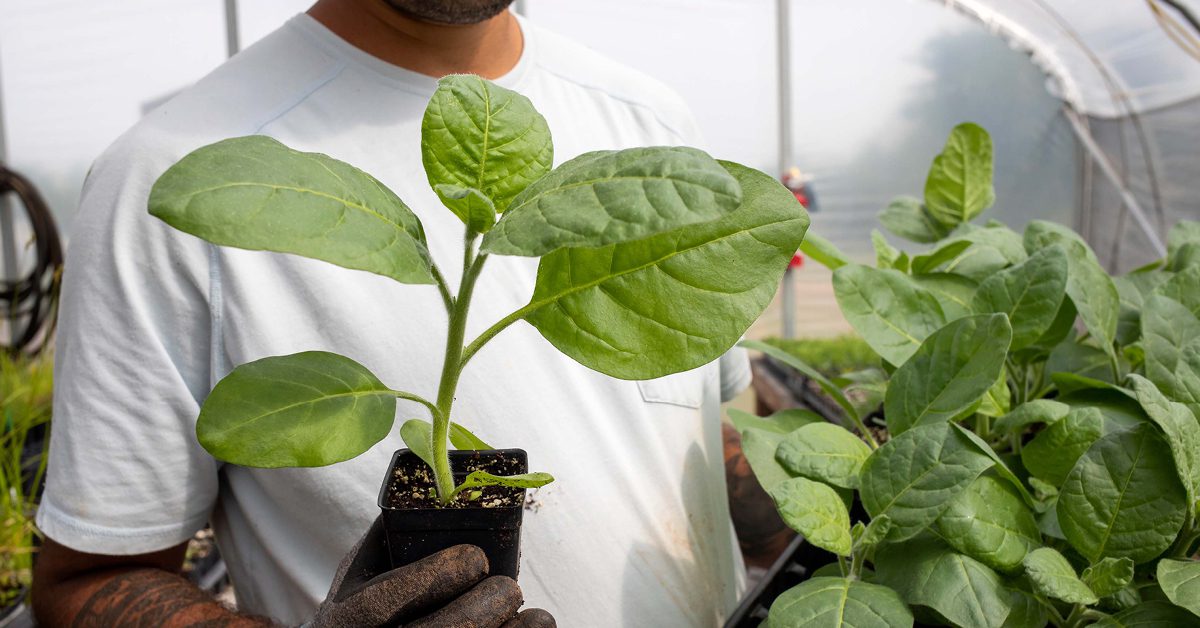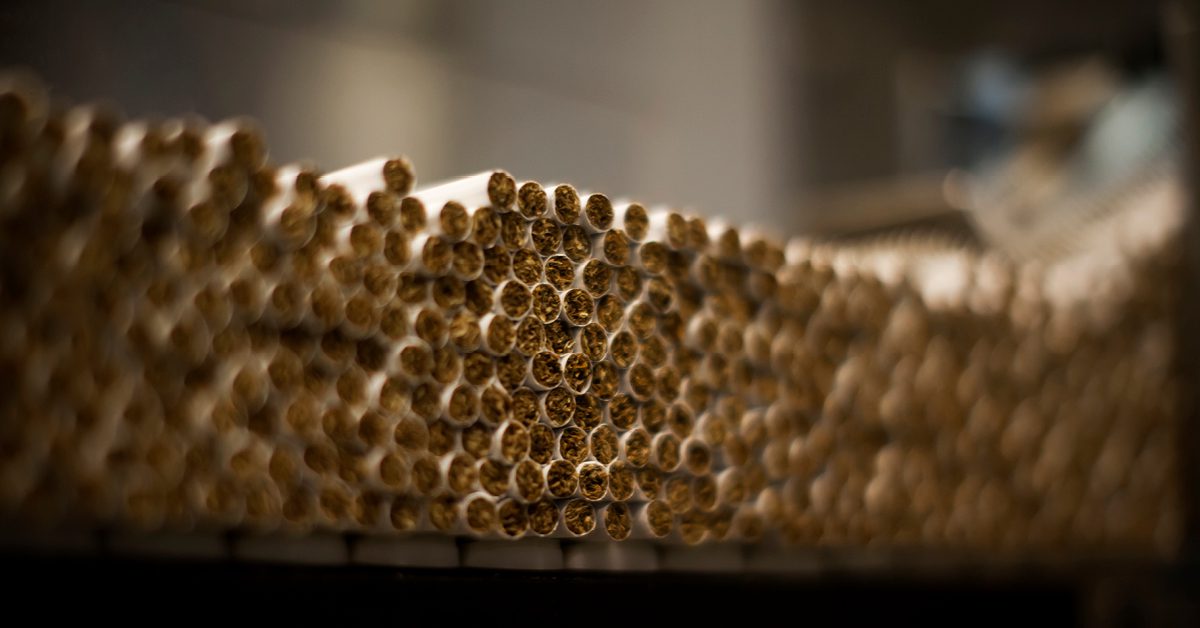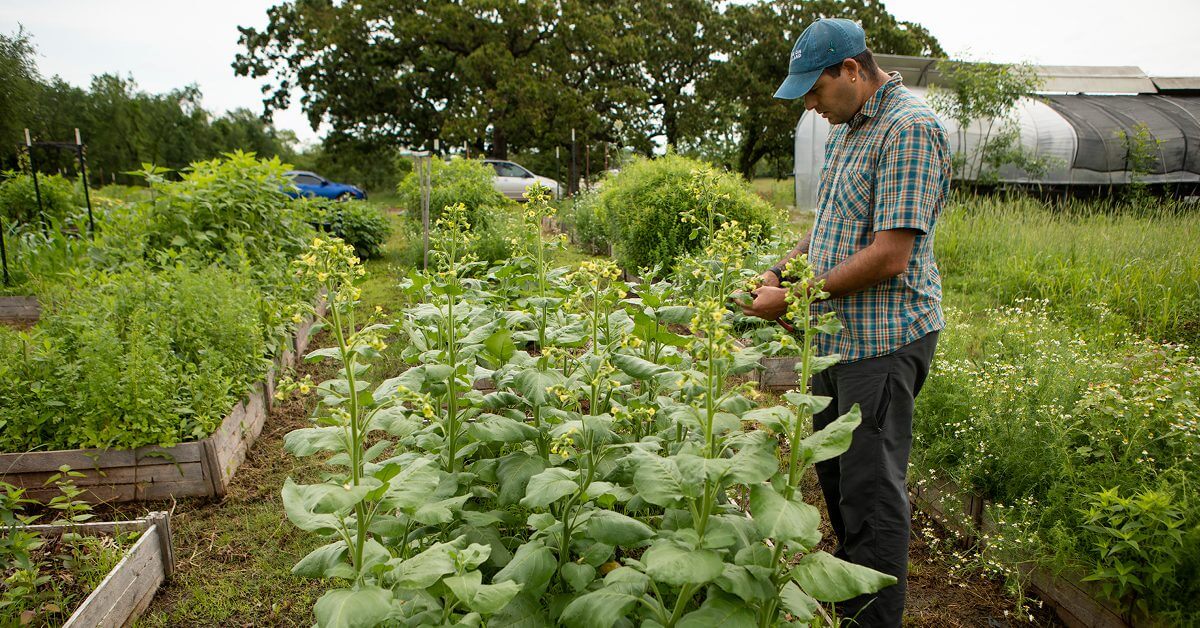Defining Sacred Tobacco: The Difference Between Ceremonial Use and Commercial Tobacco
Written By Kelli Mosteller
Kelli Mosteller, Ph.D., is a member of the Citizen Potawatomi Nation and Director of the Potawatomi Nation Cultural Heritage Center. Here, she explains the difference between sacred tobacco and commercial tobacco in her tribe – and their community’s effort to get back to traditional use.

Citizen Potawatomi Nation is a Native American tribe with land and headquarters in Oklahoma. Historically, the Potawatomi are an Eastern Woodlands tribe from the Great Lakes region. As a result of removal and termination policies, we have had to work hard to maintain and renew our traditional ecological knowledge of plants that are central to our ceremonial life and foodways.

Sacred Medicine
We have made great efforts to reconnect our community members with our four sacred medicines — séma (tobacco), kishki (cedar), wishkpemishkos (sweetgrass) and wabshkebyek (sage). We use séma in our ceremonies, to give thanks and as a tool to communicate with the Creator.

Commercial Tobacco
For decades, Native people across the country have been forced to rely on commercial tobacco to meet our ceremonial needs. This form of our sacred plant has been modified by chemical additives to serve the needs of an industry and a commercial system that has no interest in honoring the role of séma in our ceremonial lifeways.
This type of tobacco can serve as a weapon that harms our bodies. Thinking of a gas station or a smoke shop as the sole source of tobacco can lead to confusion between the beautiful, vibrant, green plant that is a gift from the Creator and other destructive forms of tobacco — like cigarettes, cigars, chewing tobacco, vape pens, etc. When these products are heavily marketed to our community, it’s easy to form habits and use tobacco in a non-ceremonial way.

Reconnecting With Our Roots
After years of trial and error to get the growing conditions right, our community garden manager and CPN citizen, Kaya DeerInWater, was able to successfully cultivate and process traditional séma for use by our community members in 2020. It was exciting to see how the community reconnected with this critical medicine, bringing each member closer to one another and our ancestors by embracing traditional ecological knowledge.
We are now able to see the full lifecycle of the tobacco plant, from tiny seeds, germination, planting, and finally, harvesting and processing, as a community. This includes drying the leaves for smoking and other ceremonial uses. At each stage of the lifecycle, we pray and tend the plants, knowing that the very act of caring for them is itself a part of the ceremony.
Renewing our connection to séma in this way supports the community’s health and overall wellness. These efforts safeguard citizens from commercialized plant varieties that can have profoundly negative impacts on health and wellness. It also ensures that future generations can continue to foster the Citizen Potawatomi Nation’s traditional ecological knowledge.
Tobacco Stops With Me
If you’re thinking about quitting commercial tobacco, learn more about the difference between sacred use and the deadly products sold by Big Tobacco. Plus, get free resources to share with your community — like bookmarks, tip cards and tear-off posters. Order yours today and sign up for free, nonjudgmental support from the Oklahoma Tobacco Helpline.







